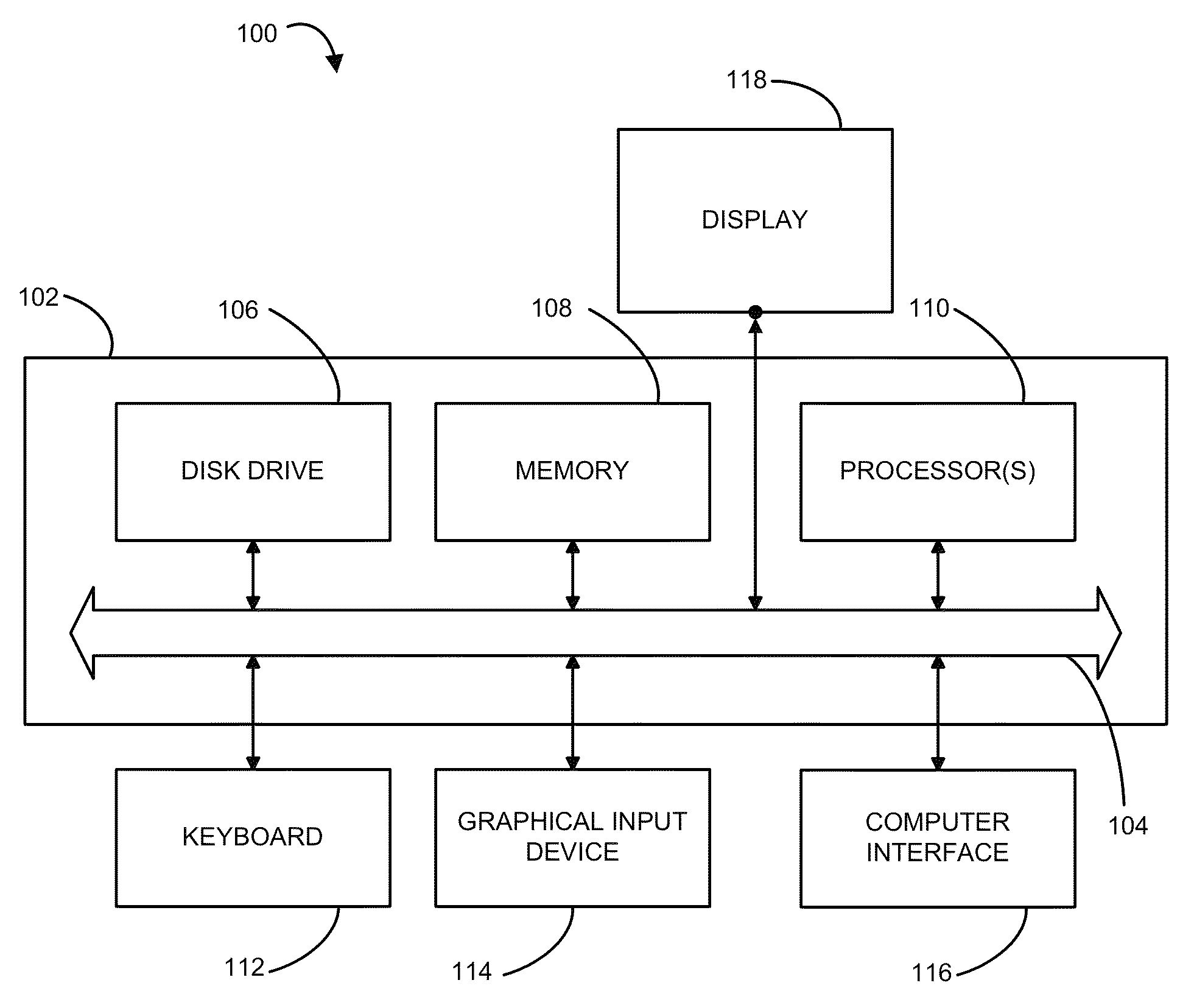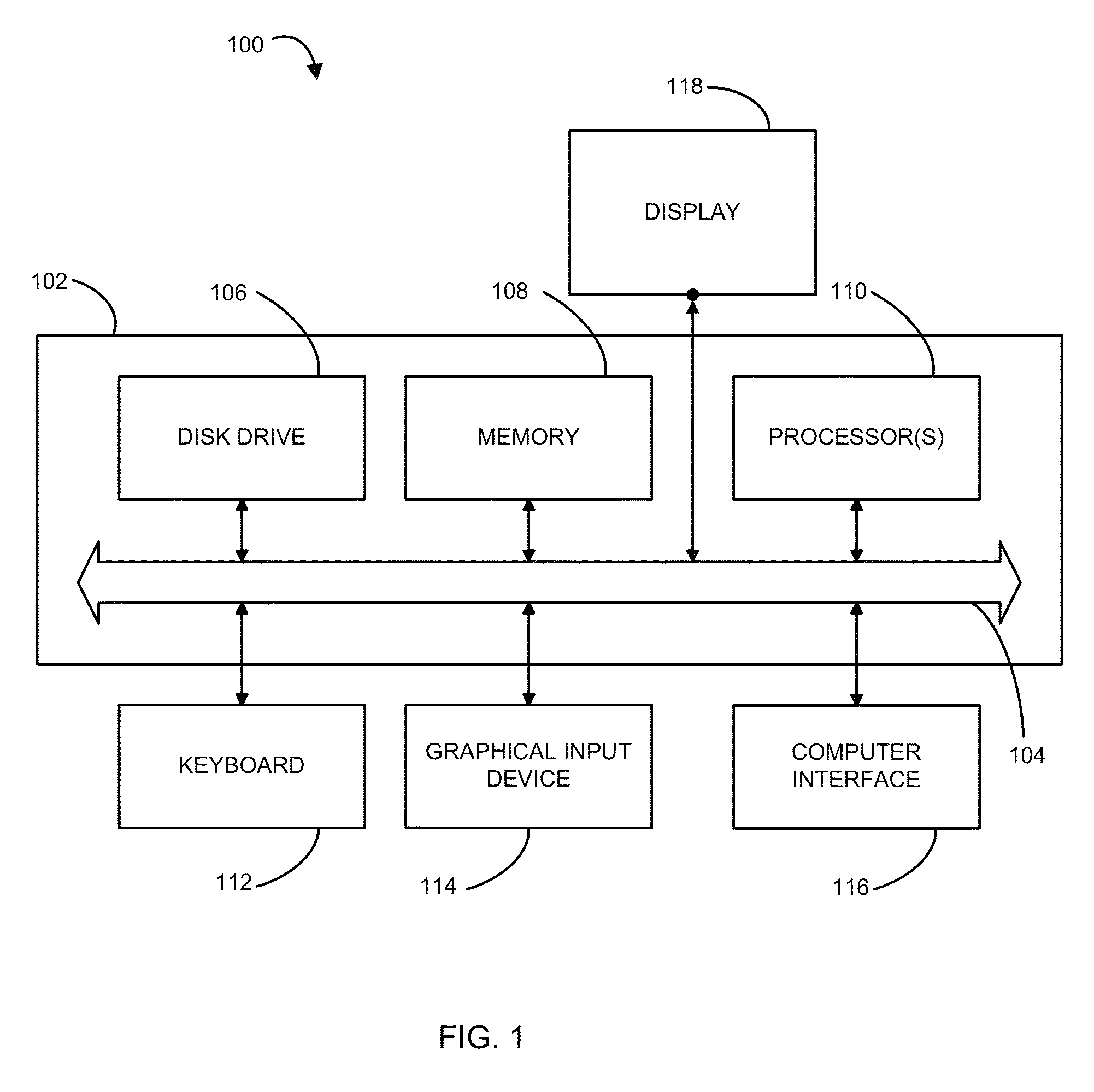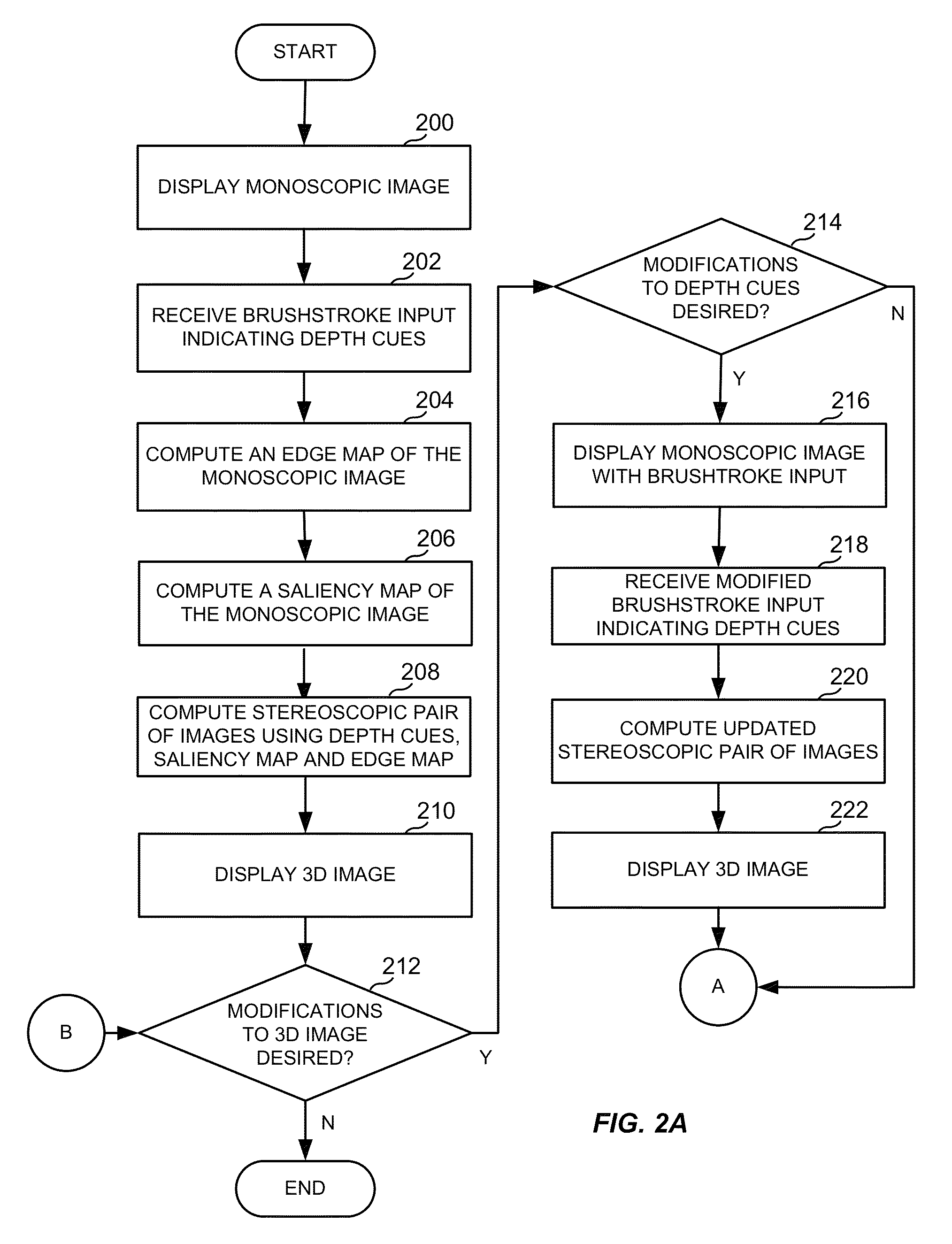Discontinuous warping for 2D-to-3D conversions
a 2d-to-3d image and warping technology, applied in the field of conversion of a monoscopic image into a stereoscopic, can solve the problems of large manual editing process, high cost of techniques, and inability to achieve continuous warping,
- Summary
- Abstract
- Description
- Claims
- Application Information
AI Technical Summary
Benefits of technology
Problems solved by technology
Method used
Image
Examples
Embodiment Construction
[0053]An improved system, method, apparatus and program code for 2D-to-3D image conversion is described herein. Such a system can be used to create a stereoscopic pair of images or a series of stereoscopic pairs for a motion picture sequence of images. The pair of images, when viewed with a 3D viewing device, convey an impression of depth to the viewer.
[0054]The 2D-to-3D conversion approach described herein provides for user interaction via brushstroke input in the image domain. Because the workflow is not limited by perspective projection restrictions, such as a geometrically consistent scene and camera model, the approach allows for conversion of non-realistic animated content and artistic modification of scene depth.
[0055]An artist editing station (such as the station 100 in FIG. 1) displays a 2D image for annotation by a user. The user annotates the image with brushstroke input, also referred to as “scribbles” or “sparse scribbles,” to provide depth cues. Brushstroke depth cues ...
PUM
 Login to View More
Login to View More Abstract
Description
Claims
Application Information
 Login to View More
Login to View More - R&D
- Intellectual Property
- Life Sciences
- Materials
- Tech Scout
- Unparalleled Data Quality
- Higher Quality Content
- 60% Fewer Hallucinations
Browse by: Latest US Patents, China's latest patents, Technical Efficacy Thesaurus, Application Domain, Technology Topic, Popular Technical Reports.
© 2025 PatSnap. All rights reserved.Legal|Privacy policy|Modern Slavery Act Transparency Statement|Sitemap|About US| Contact US: help@patsnap.com



